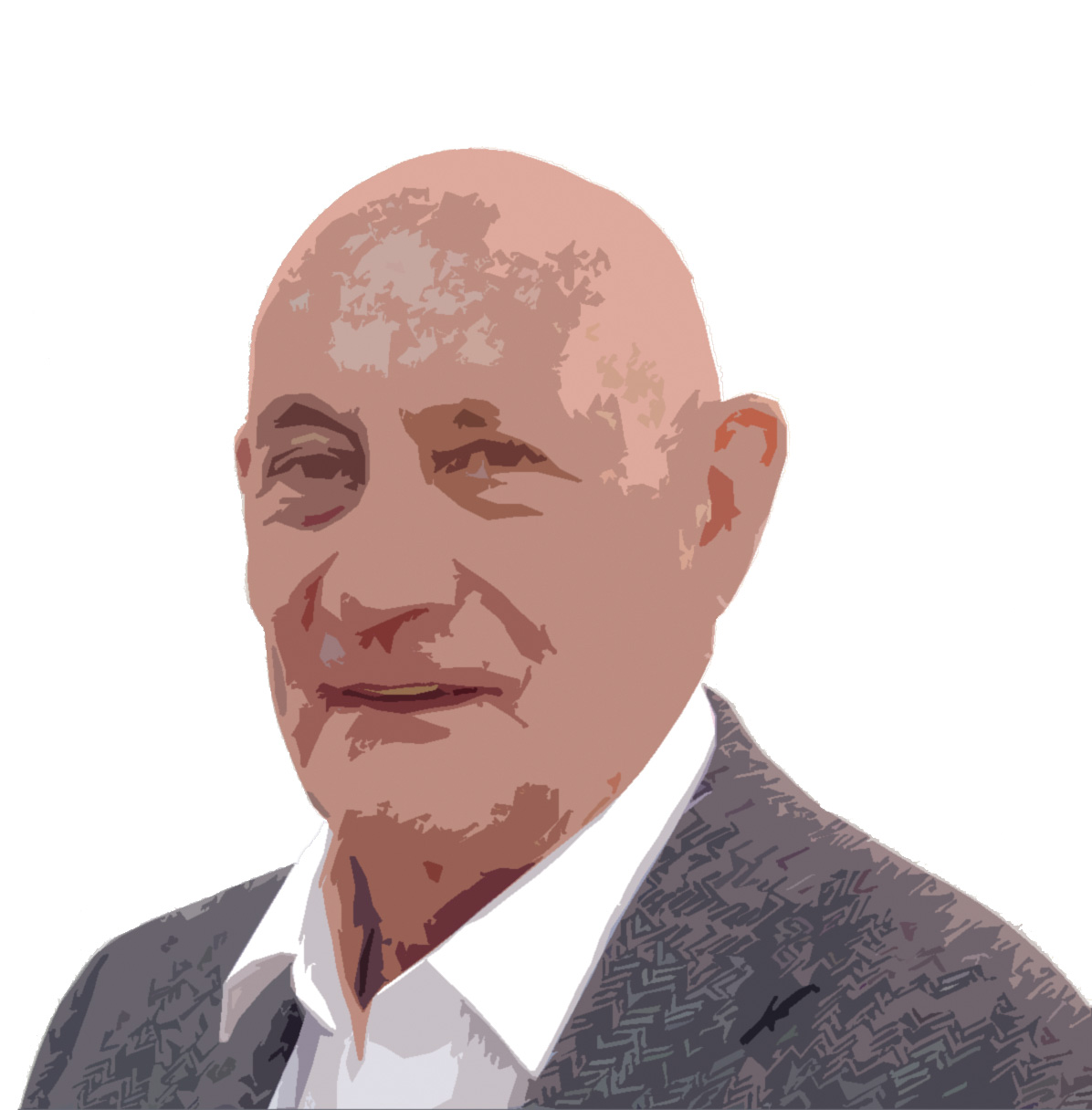David Francis is a hands-on mason who has specialised for many years on the memorial side of the stone industry. He was Technical Advisor to the National Association of Memorial Masons, writing manuals and City & Guilds Qualifications. If you have an issue regarding any aspect of memorial masonry, David is happy to help. Send your questions or comments to David at david@qmj.co.uk
BS 8415, the British Standard for ‘Monuments within burial grounds and memorial sites – Specification', to give it its full title, is under discussion again. The document is to be updated to include current best practice.
The process began with a meeting of the British Standards Institution Committee for Natural Stones, on which I sit. The Committee has a new BSI secretary, who started the meeting with a review of the committee members. BSI feels the committee is too large and questions the relevance of some of those attending meetings. We were all asked in turn to justify our being on the committee.
NAMM (the National Association of Memorial Masons) asked if its Register of Qualified Memorial Fixers (RQMF) could have a seat on the Committee, but the BSI secretary reasoned that the RQMF and the British Register of Accredited Memorial Masons (BRAMM) were both registers and therefore similar organisations, so they could have one representative for both organisations because the committee was big enough.
Discussion took place about the disclosure of test results carried out on ground anchors. NAMM maintained that test results belong to the companies that pay for them. It was agreed that BSI is not the place for such arguments.
When the drawings in BS 8415 were discussed, BSI pointed out that they must be generic and not show any favour to a particular system. It was agreed they need to be changed throughout the standard to represent current practice. They were not changed at the time of the previous revision of the standard and reflect the age of the standard. The drawings are taken from a New Zealand standard and were not considered at all appropriate to the UK.
It was also said that the removal and reinstatement of memorials would be included in the new standard. The practice of breaking apart joints that are well fixed and the use of secondary fixings for reinstatement needs addressing.
There was discussion of Annex F of the standard, which addresses the matter of testing memorial safety devices. It was felt the section on the pull test for ground anchor system verification should indicate who is an ‘appropriate’ person to witness the testing and who should supervise the test. Ground conditions for the test will be added to the Annex.
After much discussion, the first stage has been completed – that a ‘Business Case’ be put to British Standards management. This is to get approval to carry out the revision of the standard, which must be done because there are costs involved that must be justified.
The sections earmarked for further discussion were listed. They include definitions of the types of soil conditions found in burial grounds. This section is important in the testing of fixing systems if the fixer mason is to use the correct anchor. The definition in the standard currently is not clear about this as it was taken from another standard on building foundations.
The definitions in some of the drawings will also be looked at.
If anyone has concerns about this standard, please let me know by emailing me at david@qmj.co.uk. This will be a major revision of the standard and work on it will start early in 2017.

